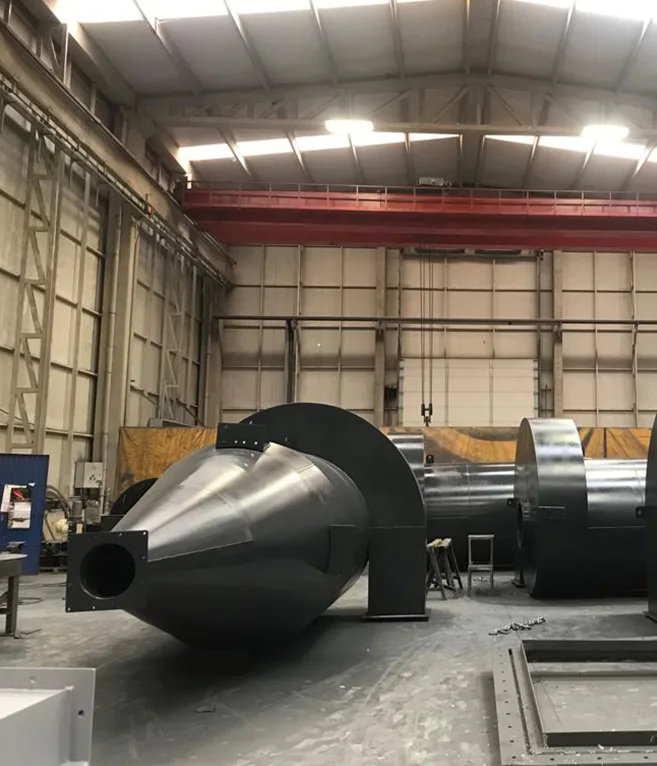Cyclones are widely used industrial dust collectors. In general, a cyclone consists of a vortex-forming gas inlet, an axial clean gas outlet and a dust discharge opening. The performance of a cyclone is determined by the dust holding efficiency and pressure drop. The design criteria of the cyclone can be either high efficiency or high capacity depending on the intended use. Therefore, there is no single optimum design method for cyclones.
Cyclones have an important place among dust collection technologies. These systems are specifically designed to separate fine dust particles from the air stream. The rotating air stream pushes the dust towards the outer walls of the cyclone, where it is separated from the air. The effectiveness of industrial cyclones depends on particle size, airflow velocity and cyclone design. While these devices are vital in waste management and air quality control, they are also a preferred solution in terms of energy efficiency and operational efficiency. Cyclones are becoming even more effective and environmentally friendly thanks to continuously developing technologies.


